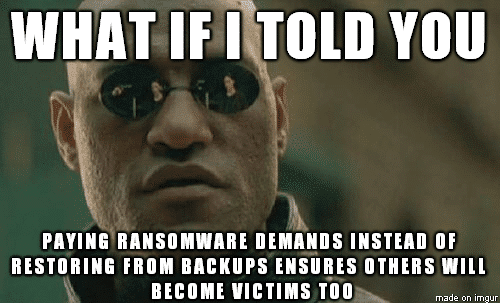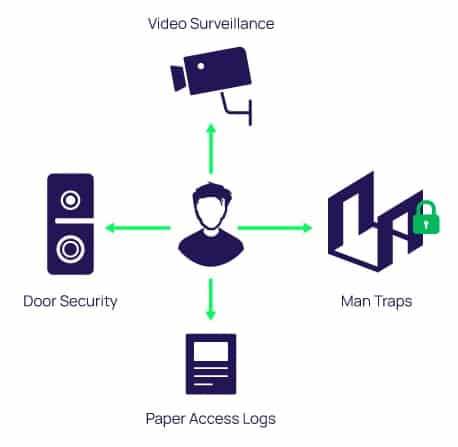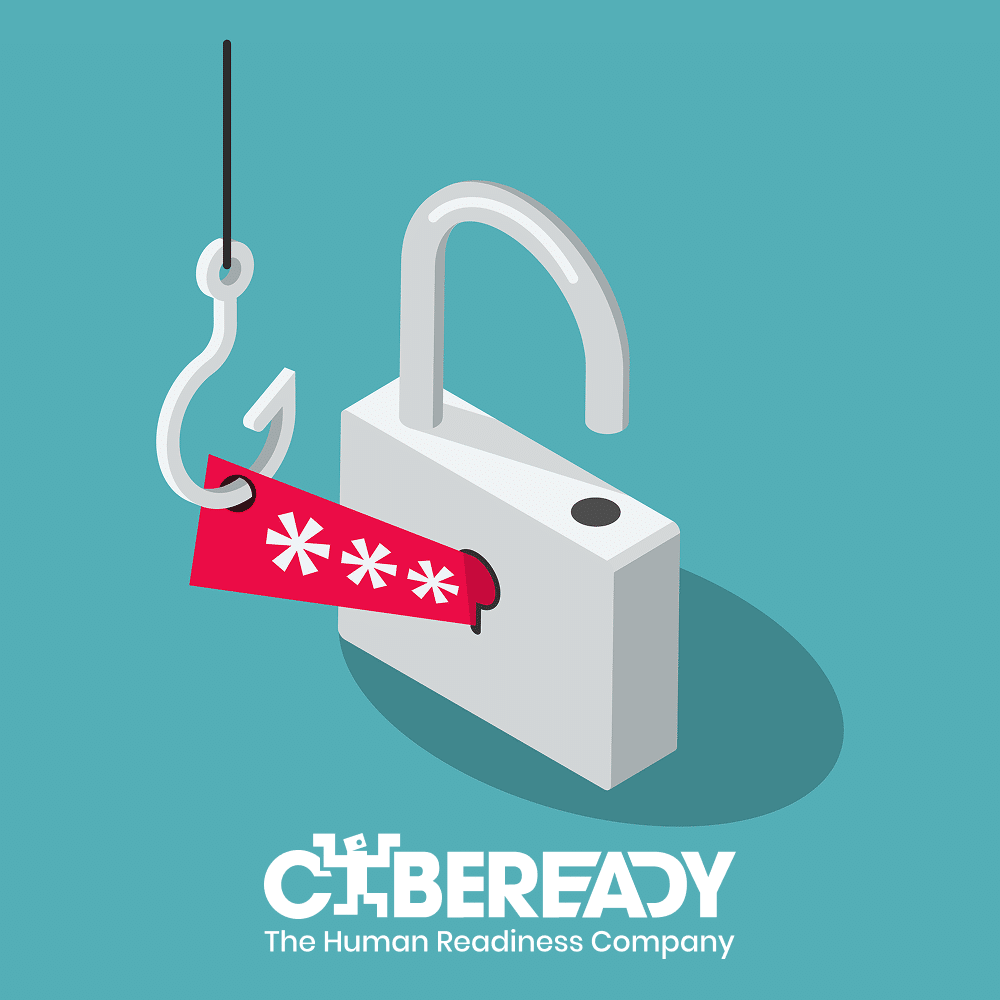From remote working and remote access to the increased use of VPNs, shadow cloud IT, and the overall increase in Cloud computing, the Cybersecurity landscape is changing. And it shows no sign of stopping.
90% of large enterprises have adopted a multi-cloud infrastructure in their organization. This has led to new and complex challenges for information security professionals and organizations.
The Challenge: Employees may not be equipped to manage the risks or identify potential attacks across the new attack vectors, increasing the likelihood of hackers successfully taking advantage of new security vulnerabilities.
Surveys revealed that security attacks have resulted in significant loss of productivity, system downtime, infrastructure damage, and revenue loss. Cybercrime is a challenge that affects every industry, and preparing your workforce and implementing defenses to protect your infrastructure is critical.
This blog post explores some of the most common attack vectors and how to defend your infrastructure against them.
Defining an Attack Vector
An attack vector is any method by which an attacker can attempt to breach your security and gain unauthorized access to restricted networks or perform destructive actions on a network, system, or digital device.
The vector refers to the attacker’s “path” to exploit a vulnerability and breach your attack surface. Once the attacker gets past your security, they can gain access to your information and systems or use the opportunity to perform malicious and forbidden actions, such as viewing or stealing sensitive data, hiding content, or compromising the system’s integrity.
Some of the ways to protect against the various attack vectors can include the following types of Infosecurity:
- Application security
- Cloud Security
- Cryptography
- Disaster recovery
- Infrastructure security
- Incident response
- Vulnerability management

What’s the difference between an Attack Vector, Attack Surface, and Threat Vector?
- Attack Vector: An attack vector is any attacker’s method or path to access your network or system.
- Threat Vector: ‘Threat vector’ is a synonym for an attack vector. It refers to the potential pathways an attacker can use to gain access to your system, making it interchangeable with an attack vector.
- Attack Surface: The attack surface refers to any part of the network an attacker can use to launch an attack and encompasses the total amount of attack vectors or threat vectors an attacker can use to compromise a network or system.
How to classify attack vectors?
There are two primary types of attack vectors:
Internal Attack Vectors
An internal attack vector is when the attacker gains access to a computer system from within the network. These attacks rely on vulnerabilities in the system’s OS or other software, or they can result from other internal security flaws, such as unaware employees who may accidentally grant an attacker access to the network or make them aware of security vulnerabilities.
External Attack Vectors
In these cases, an attacker will breach the system from outside the network. These attacks are generally easier for criminals to execute as they don’t require direct access to internal systems.
7 Common Threat Vectors
Despite being limited to two classifications, there are many types of threat vectors. For example, some exploit software vulnerabilities, while others rely on exploiting human nature. Here are some of the most common forms of threat vectors:
1. Phishing
Phishing is an attack vector that manipulates employees via email, SMS, or even telephone calls. Attackers will pose as a trusted contact, such as a colleague or even superior, to trick the target into surrendering sensitive data, such as account details, credentials, etc. Although software protects against phishing attacks, the best defense is to raise employee awareness through training and simulations. Once employees know the warning signs, they will quickly spot and report potential security risks.

2. Social engineering
Social engineering is one of the broadest and most common attack vectors. It encompasses other methods such as phishing, smishing (SMS phishing), BEC (business email compromise), and any other attacks that rely on human exploitation. Statistics indicate that social engineering attacks cause the majority of cyber breaches, making up 33% of all breaches in 2021. While each form of attack works slightly differently. They all rely on tricking a person or employee by posing as a trustworthy contact and luring the victim into engaging and following the instructions of an attacker.
3. Weak credentials
Attackers are eager to exploit the slightest vulnerability, and weak passwords offer the perfect opportunity for hackers to take advantage of. Compromised credentials pose a similar risk and occur when information such as usernames or passwords are leaked to a third-party, often via social engineering attacks. Attackers can use any of this information to access accounts, devices, and systems. To avoid these risks, your employees must be coached into using strong passwords and developing an awareness of potential cyberattacks. Therefore, employee cooperation and education are essential to avoid the risks of leaked credentials or weak passwords.
4. Insider threats
Although it’s an unpleasant reality to contemplate, it’s important to recognize that some security threats may originate from within your company. While cases of employees exposing vulnerabilities to attackers are generally accidental, in some cases, malicious insiders may deliberately expose sensitive information or gaps in your security. These are often employees with access to sensitive information and networks. Identifying malicious insiders is challenging, as their access to the network is legitimate, but by monitoring any unusual activity, you can quickly spot the warning signs and identify potential threats.
5. Ransomware
Ransomware is a form of malware that can restrict users from accessing essential information when injected into the system. The attacker will then demand a ransom in return for re-granting access. Although ransomware attacks generally end with organizations recovering most (but not all) of their data, they can still have extremely detrimental financial results. Employee education is one of the best preventatives against ransomware, as this form of attack is often one of the final stages of a drawn-out process, including social engineering and similar attacks. Trained employees can spot these attacks in their beginning stages and prevent them from escalating to a fully-formed ransomware event.

6. Misconfiguration
Misconfiguration presents a significant risk to your infrastructure, particularly with the rise of cloud services, such as Google Cloud Platform, Microsoft Azure, or AWS. Using default credentials or other failures to configure services correctly gives hackers an easy-to-use door into your network. It gives them the access they need to sensitive information and the ability to lock you out. Hardware devices are also at risk of harboring vulnerabilities, and simple configuration mistakes may lead to the disclosure of passwords or failure to restrict access rights, giving anyone access to your network.
7. Cloud storage
As a relatively new technology, cloud networks are particularly vulnerable to attack vectors. Employees inexperienced with cybersecurity protocol or IT teams unequipped to manage growing demands can leave cloud infrastructure open to a variety of attacks, from cloud-specific attack vectors such as cross-cloud attacks to general ones such as malware injections. Data is especially vulnerable during migration when tech teams are more focused on transferring information than protecting it. The best solution to these attacks is to remain aware and foster a cybersecurity-focused culture among employees. With everyone on the lookout for potential risks, you’ll be able to prevent breaches before they escalate to attacks.
How to protect against emerging cyberattacks?
There are a variety of solutions you can implement to mitigate breaches and prevent cyberattacks:
Multi-factor authentication
Multi-factor authentication boosts your security by requiring users to present more than one form of identification when requesting access. This means that even if an attacker gains access to an employee’s password, they still can’t access your network.
Encrypting data
Powerful data encryption can protect data located in end-point devices, including portable devices such as laptops and smartphones. Robust encryption technology means that even if your data leaks, it remains unreadable to anyone without access to the decryption key.
Cybersecurity awareness training
Training is one of the most indispensable solutions, as it empowers employees with the tools they need to detect threats or vulnerabilities before they become attacks. All employees should receive comprehensive training periodically to ensure they’re aware of security policies and best practices and to keep them up-to-date on the latest methods used by attackers.
Patch management
Patch management is implemented by first considering what systems are in use and then inventorying each device. This allows you to determine how many patches you will require and how many can be applied simultaneously. Patches are far from foolproof and require extensive testing and monitoring, but they can be used to address vulnerabilities and prevent attackers from breaching your security.
Penetration tests
Penetration testing is the best way to locate, prioritize, and test vulnerabilities that could potentially become attack vectors. These tests are generally performed by an ethical hacker (i.e., white hat hacker or researcher) who imitates attackers’ techniques to try and breach your network and assess your security.
Implementing a closed network
Organizations that allow employees to connect their own devices leave themselves open to more potential risks. The solution is to restrict access to sensitive systems and information. Cloud technology has made it possible for organizations to create remote closed networks, and VPNs allow you to restrict access to certain users without risking the exposure of your data on a public network.
Physical access controls

While most data accessing attempts target IT infrastructure, physical infrastructure can be the source of just as many attack vectors. Attackers can break into physical spaces that house servers, data centers, or storage facilities and use their access to hardware to breach software. Monitoring access to your physical assets is just as critical as protecting your digital assets.
Increase Attack Vector Awareness With Effective Cyber Awareness Training
Although the number of potential attack vectors may feel overwhelming, the variety of potential solutions can help make maintaining security manageable. Additionally, you don’t need to protect your entire organization on your own.
Implementing effective employee training programs expands your team beyond the core security experts and gives every member of your organization the tools they need to prevent attacks and mitigate threats. Not sure where to start with your employee training initiative? Check out CybeReady for a solution that makes cyber awareness training effective, engaging, and accessible.

















